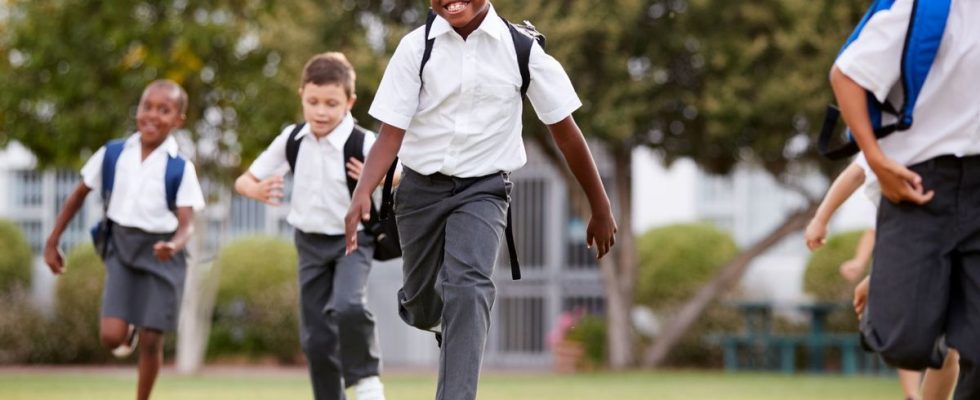Published on
Updated
Reading 2 min.
in collaboration with
Layla Ben Chikh (Teacher)
Wearing a uniform remains a measure that is difficult to convince. While the submission of applications to test this news, for establishments, was possible until the end of February, it was decided to postpone it until next June. Even more telling: out of the hundred or so normally voluntary establishments, around fifteen have already backed out. Why such reluctance? The point of view of Layla Ben Chikh, member of the Education and pedagogy commission of the majority union SNPDEN-Unsa.
Around fifteen establishments are backtracking after having volunteered to try experimenting with students wearing uniforms. Should we see a link with the extension of the possibility of applying, for establishments, until the end of the school year, when the closing of applications was due to end this month? It’s possible.
A measure that is not unanimous
The measure seems simple on paper. To set up a uniform, it would be enough to provide it to the students, so that they can come dressed in the same outfit. In reality, it’s more complicated. Some establishments have decided to ask those primarily concerned, that is to say the students, to ask them for their point of view.
In establishments where the majority of students took a position against the measure, management sometimes followed this opinion and therefore abandoned the idea of imposing a uniform on students. In other municipalities, it was the parents of students who mobilized to express their disagreement to the head of the establishment.
“A measure that will not solve the problems we face”
To better understand the reluctance expressed when it comes to wearing the uniform, Doctissimo contacted Layla Ben Chikh, member of the Education and Pedagogy Commission of the majority union SNPDEN-Unsa. For the union, the uniform issue is an “epiphenomenon”.
“This is more a matter of political communication than a real educational measure.” she explains. “Making students wear a uniform will not erase educational inequalities” she adds. The role of educational establishments, on the other hand, is to act to develop a feeling of belonging and the integration of students into the establishments.
Wearing the uniform requires modifying the internal regulations
For Layla Ben Chikh, “if we think that making students wear uniforms will resolve questions of secularism and religious affiliation, we must remember that it is more complex than that“.
According to her, school is a place where students are asked to wear a “correct dress and there are already internal regulations for this”. The decision to establish a uniform therefore requires modifying it, “which requires several steps and is not necessarily easy“.
